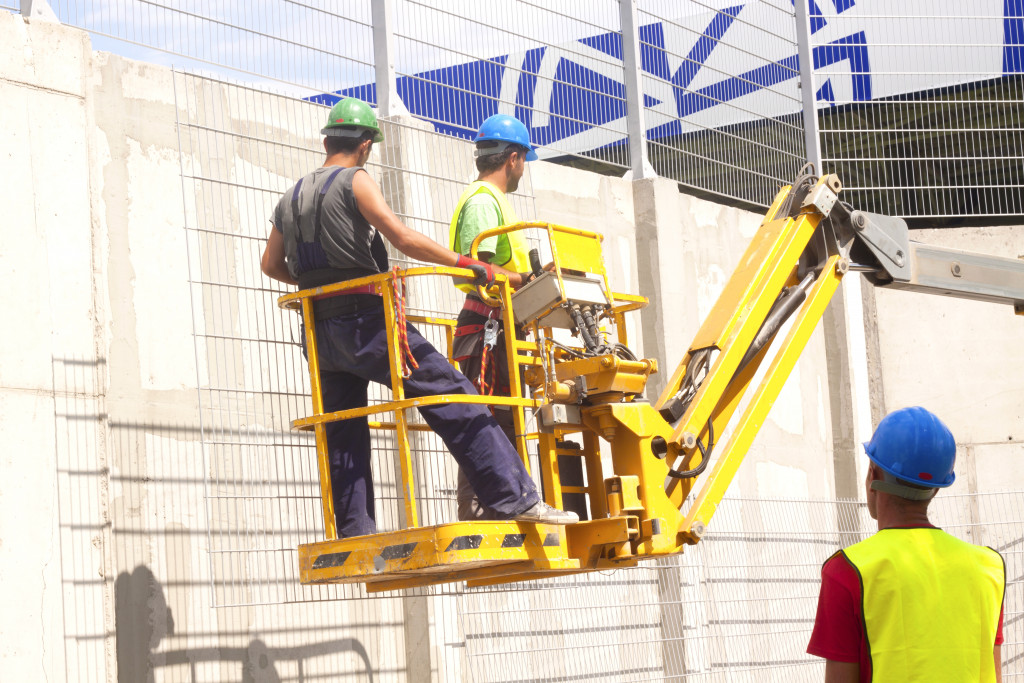The construction industry is constantly finding new ways to innovate specific processes. For example, drones are becoming increasingly popular in the construction industry. They are often used to take pictures and videos of the construction site, which can help with planning and execution. They can also do laser scanning and thermal imaging, which can help identify a project’s structural problems. Lastly, drones can also help with safety by monitoring the construction site.
As the industry becomes more advanced, so as its tools. One particular tool that’s becoming popular in many firms is BIM. BIM, or Building Information Modeling, is another innovation starting to make waves in the construction industry. So, what is BIM? And what can it do?
Building Information Modeling
Building Information Modeling (BIM) is a process of creating and managing digital representations of physical buildings. BIM allows construction professionals to collaborate more effectively and make better decisions during building design, construction, and operation. There are various ways BIM is shaping the industry. The first of which is efficiency.
Efficiency
Efficiency is crucial to every project. If a project isn’t efficient, it’s likely to go over budget and timeline. BIM has the potential to make projects more efficient in several ways. One way is by reducing the need for rework.
When all team members work off of the same model, there are fewer mistakes, which means less rework. This can save time and money. Another way BIM increases efficiency is by automating repetitive tasks. For example, BIM software can pull data from existing models and databases rather than manually inputting data. It also frees up time so professionals can focus on more critical tasks.
BIM can also help improve coordination between different teams working on a project. In the past, each team would work on their separate drawings. It could lead to coordination issues when one team made changes that affected another. With BIM, everyone is working off the same model. This makes it easier to spot potential conflicts and make changes early on.
The last way BIM contributes to efficiency is through better decision-making. With BIM, professionals have access to more information about a project. They can see how different options will impact the budget, schedule, and other factors.
However, BIM should never replace human intuition. BIM is still learning and particularly new technology; because of this, human intuition and experience will always be more efficient than BIM can. But construction projects can be much faster when used alongside human ingenuity.

Safety
The construction industry is plagued with accidents. As a result, construction is one of the most dangerous industries to work in. BIM can help improve safety on construction sites in several ways.
First, BIM can be used to create a virtual construction site model. This allows professionals to plan the construction process and identify potential hazards before work begins. Second, BIM can also be used to track workers on site. This helps managers ensure that everyone is accounted for and that no one is working in an unsafe area.
BIM can be used to create simulations of how a construction project will unfold. These simulations can help identify potential problems and hazards that would otherwise be difficult to spot.
Lastly, construction managers can use the tech to monitor environmental conditions on-site. For example, BIM can track air quality and noise levels. Construction firms can use this information to adjust the construction process and improve workers’ safety conditions.
However, BIM should not replace the necessary credentials and exams construction workers must take. In a country like the United Kingdom, the CITB exam is still one of the most robust ways to ensure on-site safety. People who have taken this exam are less likely to make mistakes with or without the use of BIM. Construction firms shouldn’t rely on it if they want to ensure safety. Instead, they should hire licensed professionals.
Quality
Quality is vital in construction. However, poor quality can lead to costly repairs and replacements. BIM can help improve the quality of construction projects in several ways.
BIM can start recommending suitable materials to use when it creates a project model. It can also specify the right quantities of each material that should be used. It helps avoid using too much or too little material, which can cause problems later. Through this process, the quality of the project is increased in just a few days’ work.
BIM is a relatively new technology, and there is still much to learn about its potential applications. However, BIM is already changing the construction industry, and it is expected to significantly impact how buildings are designed, built, and operated in the future.

